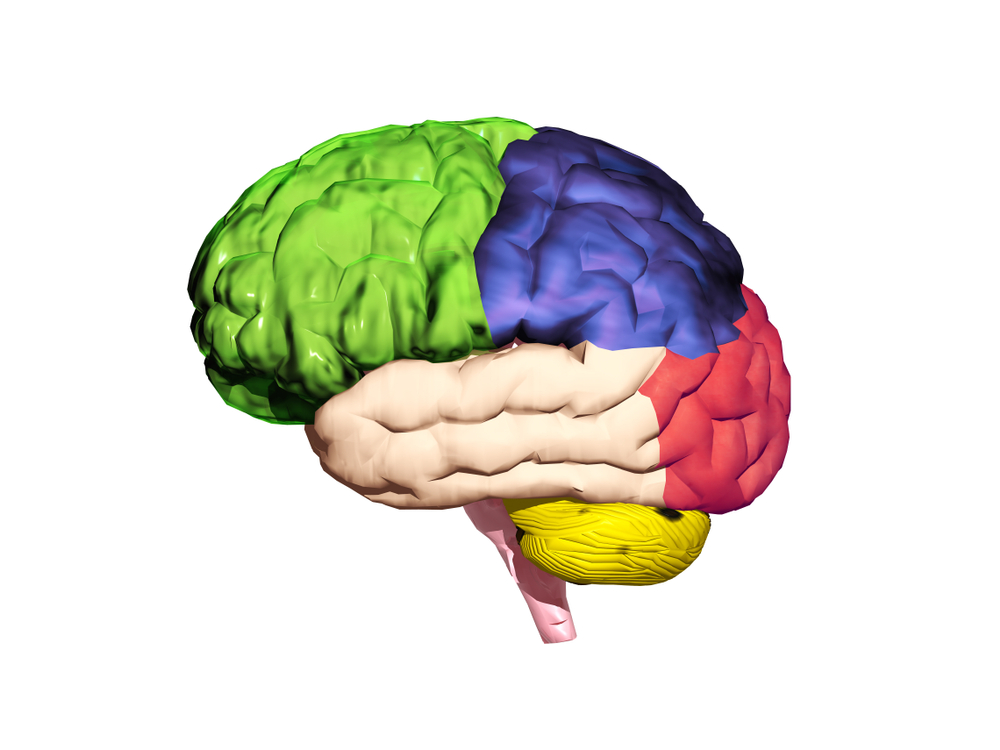Loss of Deep Grey Matter in Brain Linked to Greater Disability, MS Progression in Study

Deep grey matter volume loss in the brain drives multiple sclerosis (MS) progression and disability, and is particularly evident in people with progressive forms of the disease, a retrospective multi-center study suggests.
The study “Deep grey matter volume loss drives disability worsening in multiple sclerosis” was published in the journal Annals of Neurology.
Our brain is composed of white matter and grey matter, and in the latter we find cell bodies, dendrites and axon terminals of nerve cells.
A reduction in the brain’s grey matter volume — also known as brain atrophy — is a ubiquitous phenomenon in MS, and associates with “long-term disability, and explains physical disability better than white matter and whole brain atrophy,” the researchers wrote.
How the loss of grey matter over time associates with disability was their focus.
“The overarching goal of our study was to investigate whether there is a spatiotemporal pattern of GM [grey matter] atrophy that is associated with faster disability accumulation in MS,” the researchers wrote.
To answer this question, they analyzed magnetic resonance imaging (MRI) scans of 1,214 MS patients — 253 with clinically-isolated syndrome (CIS), 708 with relapsing-remitting MS (RRMS), 128 with secondary progressive MS (SPMS), and 125 with primary progressive MS (PPMS) — and 203 healthy controls.
Participants were recruited at seven European centers and followed on average for two years.
Researchers assessed disability using the Expanded-Disability Status Scale (EDSS) and analyzed scans capturing different grey matter zones in the brain, including the so-called cortical (more superficial) and deep grey matter.
At baseline, all MS patients showed significantly smaller cortical and deep grey matter volume compared to healthy controls. SPMS patients, in particular, showed the lowest baseline volumes. People with SPMS and PPMS (both progressive forms of the disease) had significantly greater disability compared to RRMS and CIS patients.
Furthermore, the analyzes showed that “volume loss in DGM [deep grey matter] over time was faster than that seen in other brain regions across all clinical phenotypes, and DGM volume loss was the only GM [grey matter] region associated with disability accumulation,” the researchers wrote.
They also observed that patients with a smaller grey matter volume at baseline progressed faster, meaning that they had shorter time to EDSS progression.
The fastest annual rate of deep grey matter atrophy was seen in PPMS patients (-1.66 percent), followed by SPMS patients (-1.45 percent), RRMS (-1.34 percent), and CIS (-0.88 percent).
Altogether, “our findings suggest that the development of DGM [deep grey matter] atrophy may drive disability accumulation irrespective of clinical phenotypes, thereby becoming a useful outcome measure in neuroprotective clinical trials,” researchers wrote.
“The difference in regional GM atrophy development between phenotypes needs to be taken into account when evaluating treatment effect of therapeutic interventions,” the team concluded.






